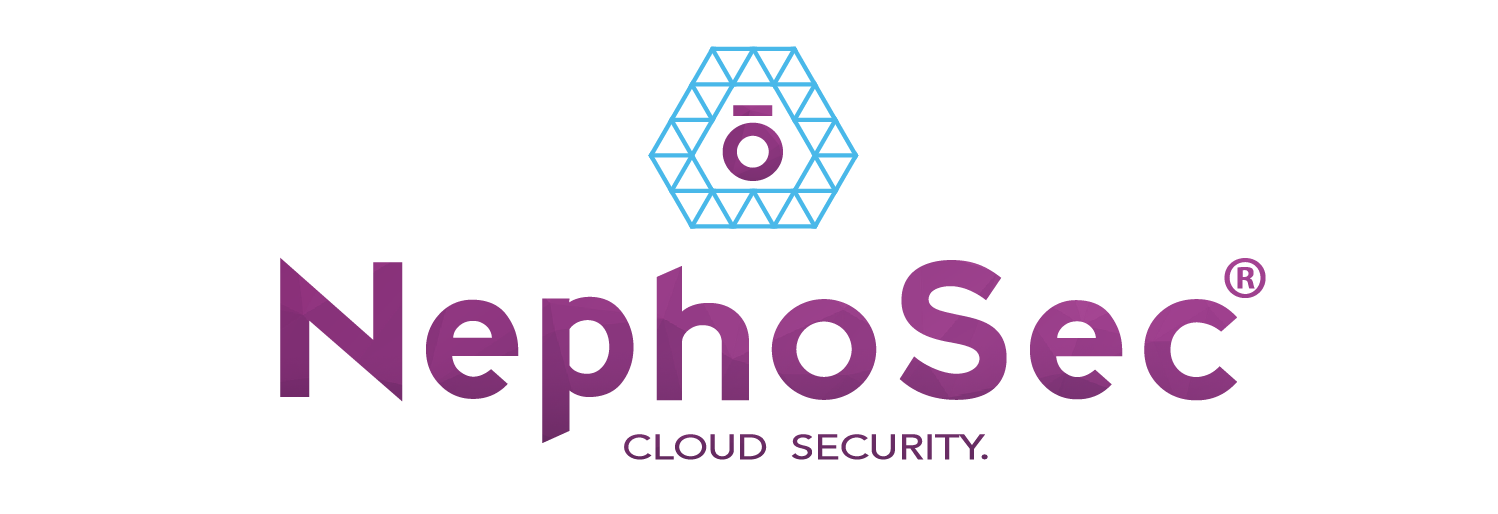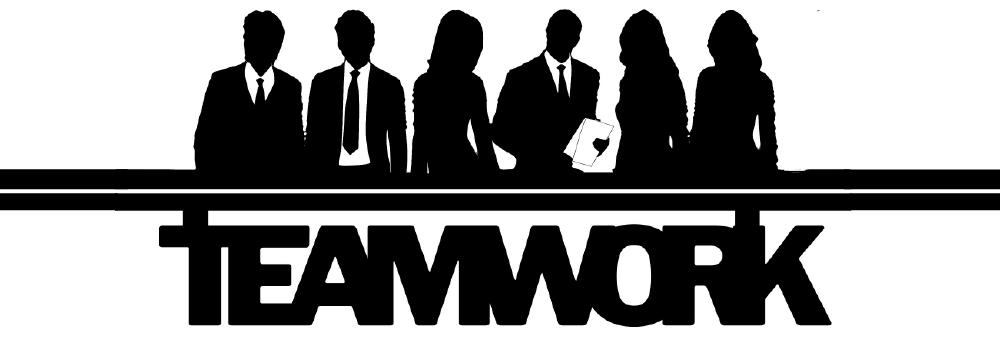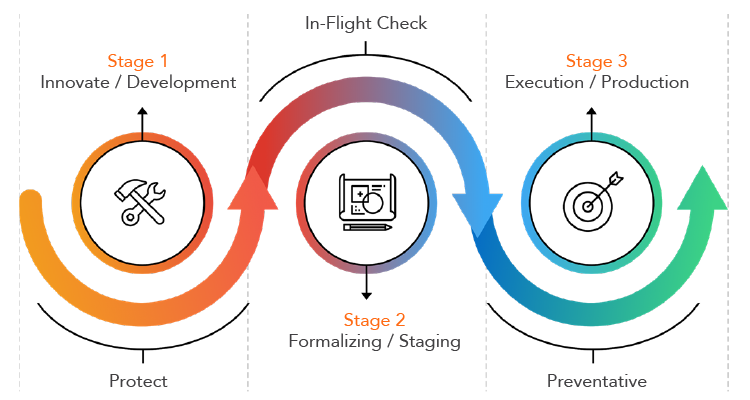How to Drive Rapid Innovation Securely Through Self-Service Cloud Adoption: Company Transformation
Webinar Presented by
Thomas Martin, Founder, NephōSec | Brian Johnson, Founder, DivvyCloud
Nearly three in four global executives believe a lack of skills is an issue facing their industry, and 64% say this problem is restricting their innovation capability (ge.com).
Although the IT and Tech departments are usually seen as the “most innovative”, what do you do if it is those very same departments that get in the way of your company growth?
Over the next few weeks, we will be publishing articles highlighting this problem and its different solutions as a part of our “How to Drive Rapid Innovation Securely” series. Based off of the webinar from our founder, Thomas Martin, and Divvy Cloud’s co-founder, Brian Johnson, we will go into more detail how to properly encourage effective and secure innovation using a self-service cloud adoption model — from why a cultural shift is the key ingredient, and how to minimize alert fatigue upon adopting cloud technologies, to the steps to achieve real-time compliance and security remediation.
This week’s article will delve into the underlying factors preventing innovation and how we can target them.
Changing cultural mindset
The first step to driving secure innovation is changing a company’s cultural mindset. In order to drive innovation, we must first understand it.
It is no news that innovation is a necessary component to maintaining a competitive advantage. Innovation creates new ideas, products, and methods. What is often forgotten though, is that innovation is a way of thinking, and it requires strategy.
Innovation within IT
In the technology field, specifically, innovation means encouraging creativity while also educating and ensuring security along the way. When an IT department is stuck in old processes, it stifles innovation. When an IT department is overburdened by security/architecture reviews and approvals, it stifles innovation. Both of these factors lead to projects that either lose momentum and die the death of a thousand cuts, or it leads to developers going around barriers and potentially exposing the organization to unnecessary risk. A perfect balance comes when there is a continuum of innovation, cultural learning through continuous feedback, and autonomous remediation to protect organizational assets.
The graphic above demonstrates what this balance looks like. This strategy of remediation focuses on checkpoints so that security and innovation are constantly evaluated throughout the development process. IT should work with innovators to find out what they are trying to accomplish and work with them on how the existing security parameters can be worked into their process.
An important quality of an innovative company is an innovation strategy that is aligned with business objectives. This means that a company cannot just have one innovation department or expect organic growth — it needs to create a holistic innovation strategy that spans across departments and communicates with every employee.
In the next part of our series we will talk about how to scale at the speed of cloud.
Need help or have questions? Contact NephōSec at contact@nephosec.com





